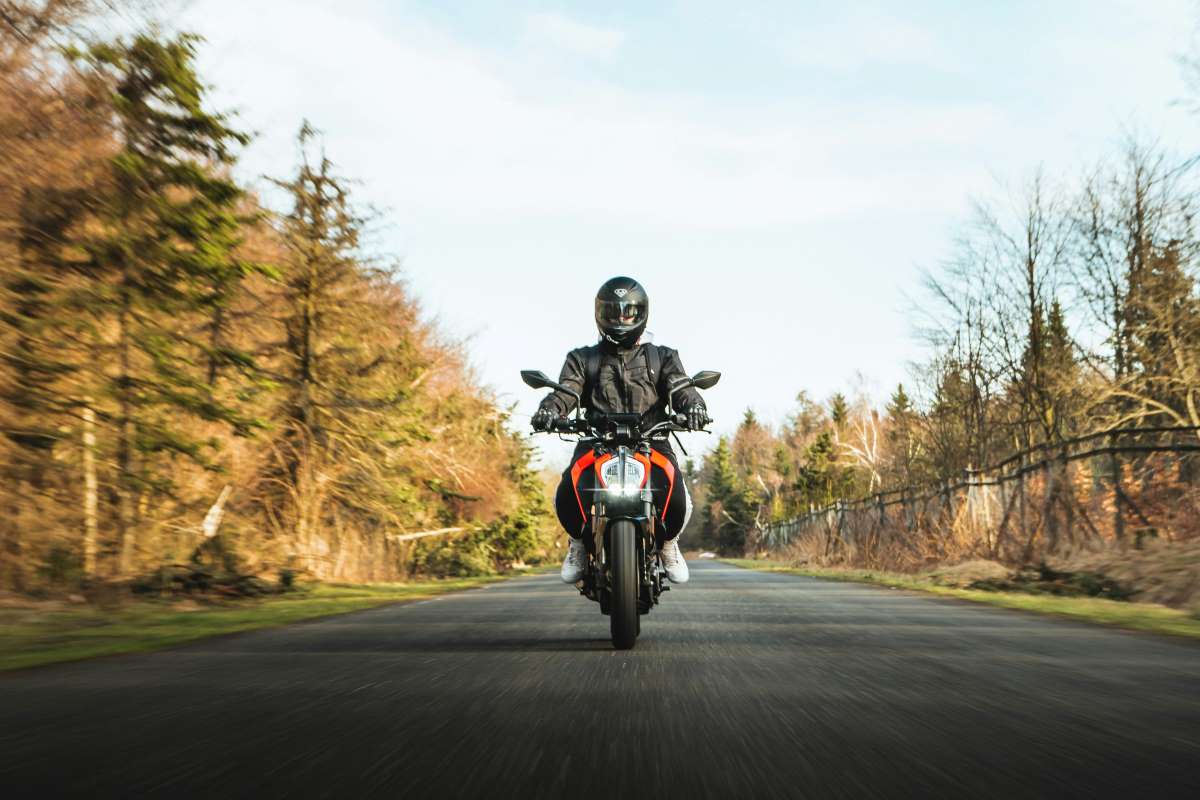I agree to the Terms & Conditions


General
General Products
Simple & Transparent! Policies that match all your insurance needs.


4.7
Rated App56K+ Reviews
4.3
Rated App11K+ Reviews
Scan to download
Life
Life Products
Digit Life is here! To help you save & secure your loved ones' future in the most simplified way.


4.7
Rated App56K+ Reviews
4.3
Rated App11K+ Reviews
Scan to download
Claims
Claims
We'll be there! Whenever and however you'll need us.


4.7
Rated App56K+ Reviews
4.3
Rated App11K+ Reviews
Scan to download
Resources
Resources
All the more reasons to feel the Digit simplicity in your life!
 Tools & Calculators
Tools & Calculators


4.7
Rated App56K+ Reviews
4.3
Rated App11K+ Reviews
Scan to download
4.7
Rated App56K+ Reviews
4.3
Rated App11K+ Reviews
 Logout
Logout
Our WhatsApp number cannot be used for calls. This is a chat only number.


9000+ Cashless
Network Garages
96% Claim
Settlement (FY23-24)
24*7 Claims
Support
I agree to the Terms & Conditions

Terms and conditions

In the arena of motorcycles, there have been many instances of smart integration of advanced electronic technologies. These new advancements have complicated the system, but they have revolutionised it.
The ride-by-wire technology is also a smart electronic system that uses sensors and actuators to determine how much air-fuel mixture will be passed on to the combustion chamber.
Ride-by-Wire is an electronic technology which uses various actuators and sensors to control the supply of air-fuel mixture into the engine chamber. This system has no mechanical linkage between the throttle and the accelerator. Sensors do the part of signalling how much air-fuel mixture is necessary to gain the required RPM.
In bikes with carburettor engines, there is a cable connecting accelerator and butterfly valve of the engine. When riders open or close the throttle, the opening of that valve broadens or narrows to control the passing on of air-fuel mixture.
This phenomenon is controlled with (Engine Control Unit) ECU and motorcycle actuators integrated with ride-by-wire technology. When you twist your bike’s accelerator, sensors pass the signal for making the required opening in the throttle valve.
In this scenario, the ECU measures the mixture of air and fuel needed and signals the system to supply it.
Here are the advantages this ride-by-wire technology offers:
Ride-by-wire technology ensures that the right amount of air and fuel enter the combustion chamber by controlling their flow through proper measurement. As a result, it increases the fuel efficiency of motorcycles and reduces emissions.
The ride-by-wire in bikes also makes it possible to integrate smart technologies like traction control systems and cruise control. This integration is possible because motorcycles with ride-by-wire technologies use inputs from ECUs to transfer the required air-fuel mixture to the combustion chamber.
Smart sensor-enabled systems influence the inputs of ECUs. For example, if your bike has an integrated traction control system, it first detects the slippery road and sends a signal to the ECU to cut down the inflow of fuel and air.
Here are the disadvantages of ride-by-wire systems in motorcycles:
Ride-by-wire technology uses smart electronic components, which makes the system complex and costly. This is why it comes with expensive bikes or can increase the overall price of bikes.
The ride-by-wire system is not infallible altogether. You may need to go to a garage to repair it, unlike the manual clutch-gear system, which can be fixed by changing one wire.
The ride-by-wire system in motorcycles ensures that the amount of air and fuel mix passed on to the engine is as required. With the help of ECU and actuators, the system passes a signal for the widening or narrowing of the valve.
Besides the throttle input, this smart system measures various other aspects to accurately control the fuel supply, thereby increasing the motorcycle's fuel efficiency.
Most bikes come with the traditional alternative of a cabled throttle system. Ride-by-air system is a new technology invented to enhance a motorcycle's safety and other features. However, it is not still integrated with most of the new models of bikes.
Most bikes come with the traditional alternative of a cabled throttle system. Ride-by-air system is a new technology invented to enhance a motorcycle's safety and other features. However, it is not still integrated with most of the new models of bikes.
The cabled throttle system uses cables, levers and linkages to determine how much air and fuel will reach the engine. The ride-by-air technology uses ECU and actuators to do the job more precisely. As a result, it can reduce fuel consumption, making it better than the cabled throttle system.
The cabled throttle system uses cables, levers and linkages to determine how much air and fuel will reach the engine. The ride-by-air technology uses ECU and actuators to do the job more precisely. As a result, it can reduce fuel consumption, making it better than the cabled throttle system.
Motorcycles with ride-by-wire technology come with different riding modes like rain, sports or road. It manages all these modes by changing the throttle inputs, thereby controlling the rear wheel's power.
Motorcycles with ride-by-wire technology come with different riding modes like rain, sports or road. It manages all these modes by changing the throttle inputs, thereby controlling the rear wheel's power.
Please try one more time!
Other Important Articles About Different Bike Parts
Other Important Articles about Two-Wheeler Insurance
Two Wheeler Insurance for Popular Models in India
Two Wheeler Insurance for Popular Brands in India
Have queries related to Digit motor insurance policy? You can refer to our Policy Wordings for detailed information or reach out to our support team via WhatsApp self-support, email or phone using the information below:
Connect with our self-serve chat bot support - 7026061234
Write to us at hello@godigit.com
Contact
Call us on 1800-258-5956
Other Motor Insurance Plans and Guides
Currently there are no news to show.
01-02-2025
2025 Budget's Tax Relief & Policy Reforms to Push Two-wheeler EV Demand
Union Budget's tax relief to people earning below ₹12 lakhs and exemption on custom duties on materials used for making lithium-ion batteries is expected to boost electric two-wheeler demand in the Indian market. The first move will improve the purchasing power of people and the latter will make the EVs more affordable by lowering production costs.
27-01-2025
Auto Exports Hit 19% Rise in 2024; Driven by Robust Demand Revival in EMs
Strong demand from emerging markets, like Latin America and Africa, led to a 19% increase in India's automobile exports in 2024, which was driven by two-wheelers, passenger vehicles, and commercial vehicles. The overall shipments rose to 50,98,810 units from 42,85,809 units exported in 2023, as per SIAM data. However, the export of passenger cars fell by 4%.
12-01-2025
Uninsured Two-Wheelers on the Streets Poses Biggest Threat
Two-wheeler fatalities in India rose by 8%, claiming almost 75,000 lives, accounting for 44% of the over 1.68 lakh road accident deaths that year. India has the highest number of road accidents globally, driven by factors like reckless driving and non-compliance with traffic rules. Despite a rising number of vehicles, a significant concern remains the lack of insurance among vehicle owners, with over 60% of vehicles uninsured.
11-01-2025
Private Insurers Raise Motor Commission Payouts by 239%
In FY2024, private sector general insurers in India saw a 239% rise in commission expenses in motor insurance, spending ₹16,578 crore compared to ₹4,890 crore in FY2023. Public sector insurers reported a 31.59% rise, spending ₹3,099 crore. The high commissions led to expensive premiums for policyholders. Public sector insurers had a higher incurred claims ratio at 99.57%, while private players were at 73.30%. The IRDAI expressed concerns over high commissions and is promoting platforms like Bima Sugam to increase transparency and lower rates.
10-01-2025
New Battery Parts Sops: What's in Store for Manufacturers?
The government is considering incentives for battery component manufacturing to support the expanding electric vehicle industry. The Ministry of Heavy Industries is identifying locally-produced components that need financial support. The scheme, similar to existing production-linked incentives, aims to reduce import dependence and strengthen the local ecosystem. The National Programme on Advanced Chemistry Cell (ACC) Battery Storage, launched in 2021, targets 50 GWh of ACC and 5 GWh of Niche ACC manufacturing capacity with a budget of INR 18,100 crore.
30-12-2024
Global Two-Wheeler Insurance Market: See Growth Predictions!
The two-wheeler insurance market reached USD 115.30 billion in 2023 and is projected to grow at a 7.1% CAGR, reaching USD 214.04 billion by 2032. This growth is driven by increasing two-wheeler sales and the need for financial protection. Insurance covers physical damage, bodily injuries, and third-party liabilities. Digital platforms and advanced technologies are enhancing customer experience and driving market growth. Mandatory third-party liability insurance in many countries also supports market expansion.
15-11-2024
Analyzing The Surge in Auto Sales: A FADA Perspective
India's automobile retail sales rose by 12% year-on-year to 42.88 lakh units during the 42-day festive period, driven by strong demand in passenger vehicles and two-wheelers, according to FADA. Passenger vehicle sales increased by 7%, while two-wheeler registrations grew by 14%. The festive period, from Navratri to 15 days post Dhanteras, saw commercial vehicle sales rise 1% and three-wheeler sales increase 7%. However, tractor sales declined by 2%. The overall automotive registrations last year stood at 38.37 lakh units.
28-10-2024
After Q2 Slowdown, Two-Wheelers See Strong Recovery
The first 25 days of the festival season saw a 10.5% increase in two-wheeler sales, driven by discounts, financing options, new models, and rising incomes. This rise follows a weaker July-September quarter. The domestic two-wheeler market is expected to grow 7-8% in Q3 due to the festival season and good monsoon. Entry-level segment sales have grown 19% due to rural demand. Overall, the two-wheeler market is projected to grow 7-9% in 2024-25, supported by rural demand and government schemes.
07-10-2024
Auto Industry Growth: Rise In Sales This Year
The Indian automobile market grew by 6.55% in the first half of FY25, driven by robust two-wheeler sales. The Federation of Automobile Dealers Associations (FADA) reported 9.08% growth in two-wheelers, 7.58% in three-wheelers, and 1.07% in passenger vehicles. However, commercial vehicle and tractor sales fell. The monsoon negatively impacted auto retail performance. FADA is cautiously optimistic for the festive season but warns of high inventory levels in passenger vehicles. Immediate corrective measures are urged to avoid financial setbacks.
15-09-2024
Helmets and Insurance: New Rules For 2-Wheelers In Delhi
The Delhi High Court ruled that existing rules on mandatory insurance, helmet use, and penalties for non-compliance apply to electric vehicles (EVs). This decision came while dismissing a Public Interest Litigation (PIL) that sought to make insurance compulsory for electric two-wheelers. The court noted that the issues raised were already covered by current laws and criticized the PIL for wasting judicial time. Additionally, the court directed the Delhi government to ensure timely disbursement of EV subsidies and advised the petitioner to exercise diligence before filing such PILs in the future.
Read More
Renew & Download Policy Document, Check Challan, Credit Score, PUC & more
Anytime, Anywhere. Only on Digit App!

4.7
Rated App56K+ Reviews
4.7
Rated App
56K+ Reviews
4.3
Rated App11K+ Reviews
4.3
Rated App
11K+ Reviews
Scan to Download


Author: Team Digit
Last updated: 07-04-2025
CIN: L66010PN2016PLC167410, IRDAI Reg. No. 158.
Go Digit General Insurance Limited | Corporate Office Address: Atlantis, 95, 4th B Cross Road, Koramangala Industrial Layout, 5th Block, Bengaluru 560095 | Registered Office Address: 1 to 6 floors, Ananta One (AR One), Pride Hotel Lane, Narveer Tanaji Wadi, Shivaji Nagar, Pune-411005, Maharashtra | Trade logo of Go Digit General Insurance Ltd. displayed above belongs to Go Digit lnfoworks Services Private Limited and is provided and used by Go Digit General Insurance Ltd. under license.
Explore exclusive features, file claims & access policy on Digit App!
You can also scan this QR code to download the App.

